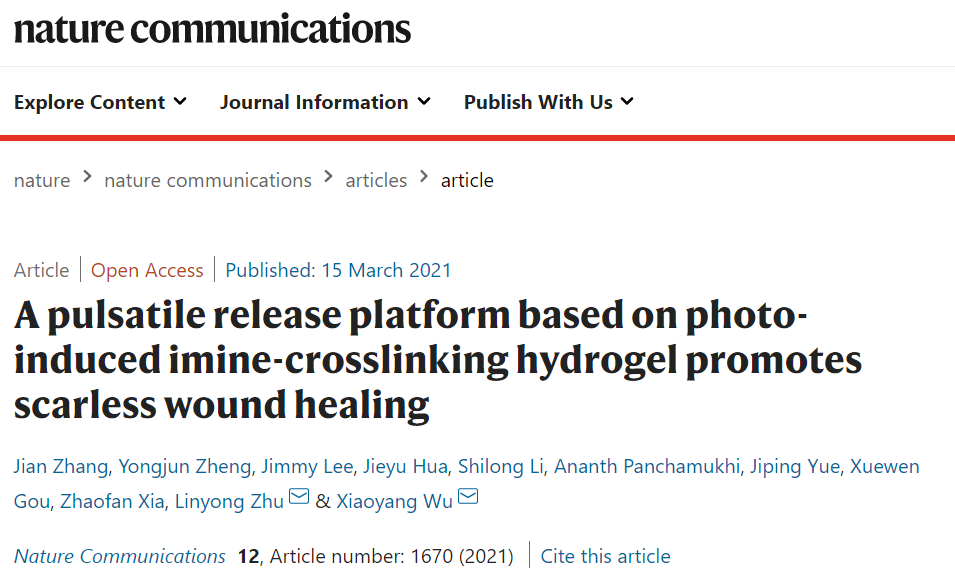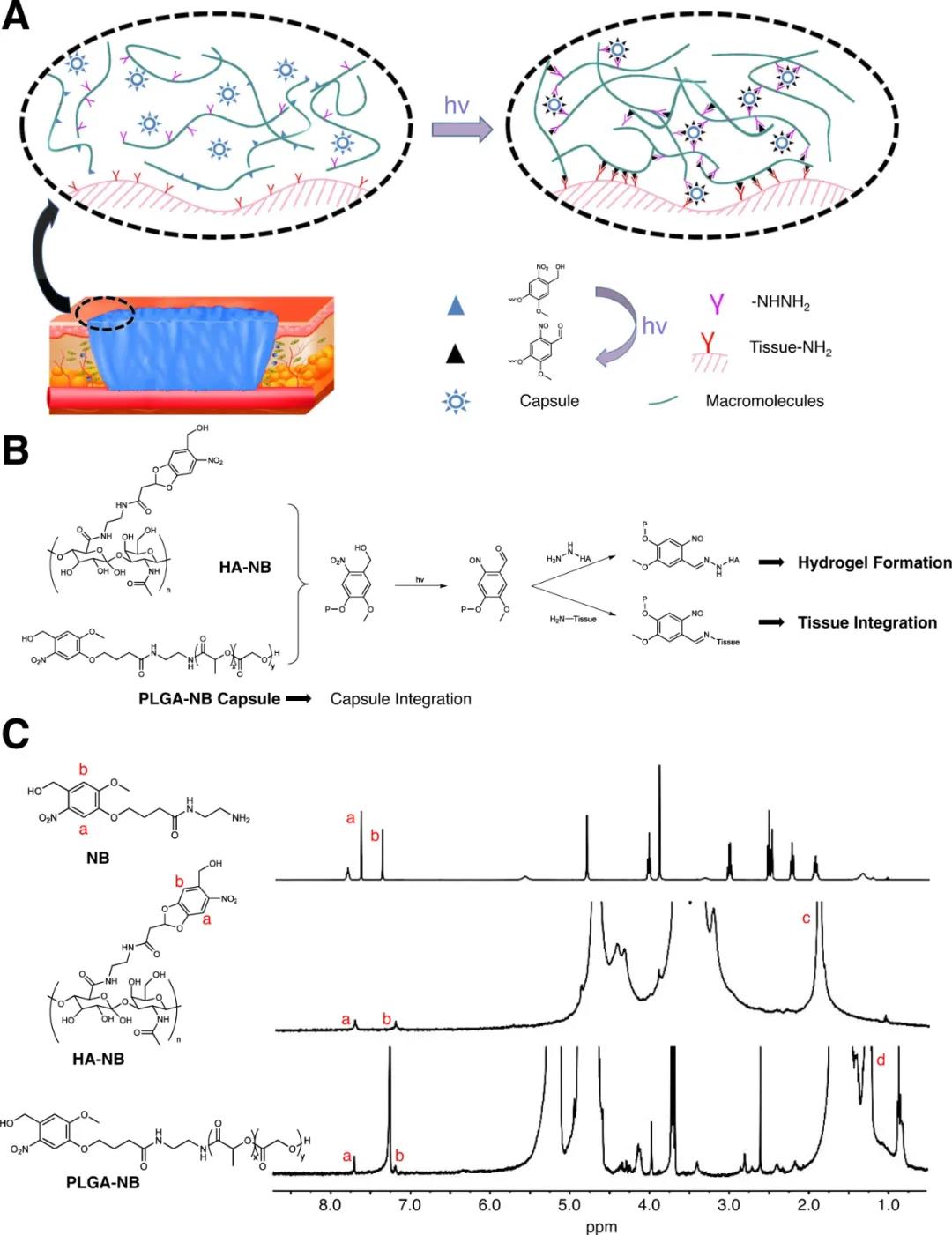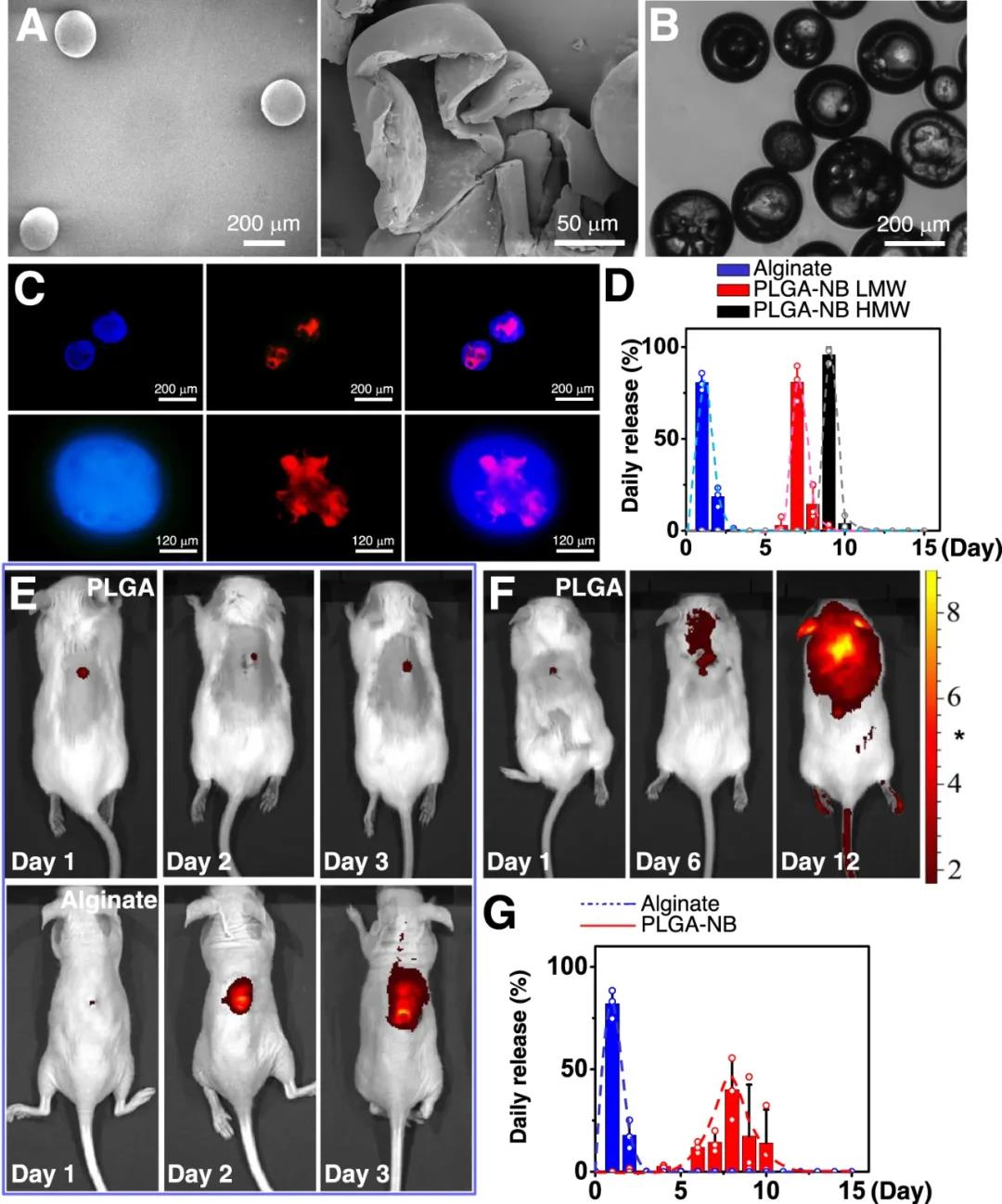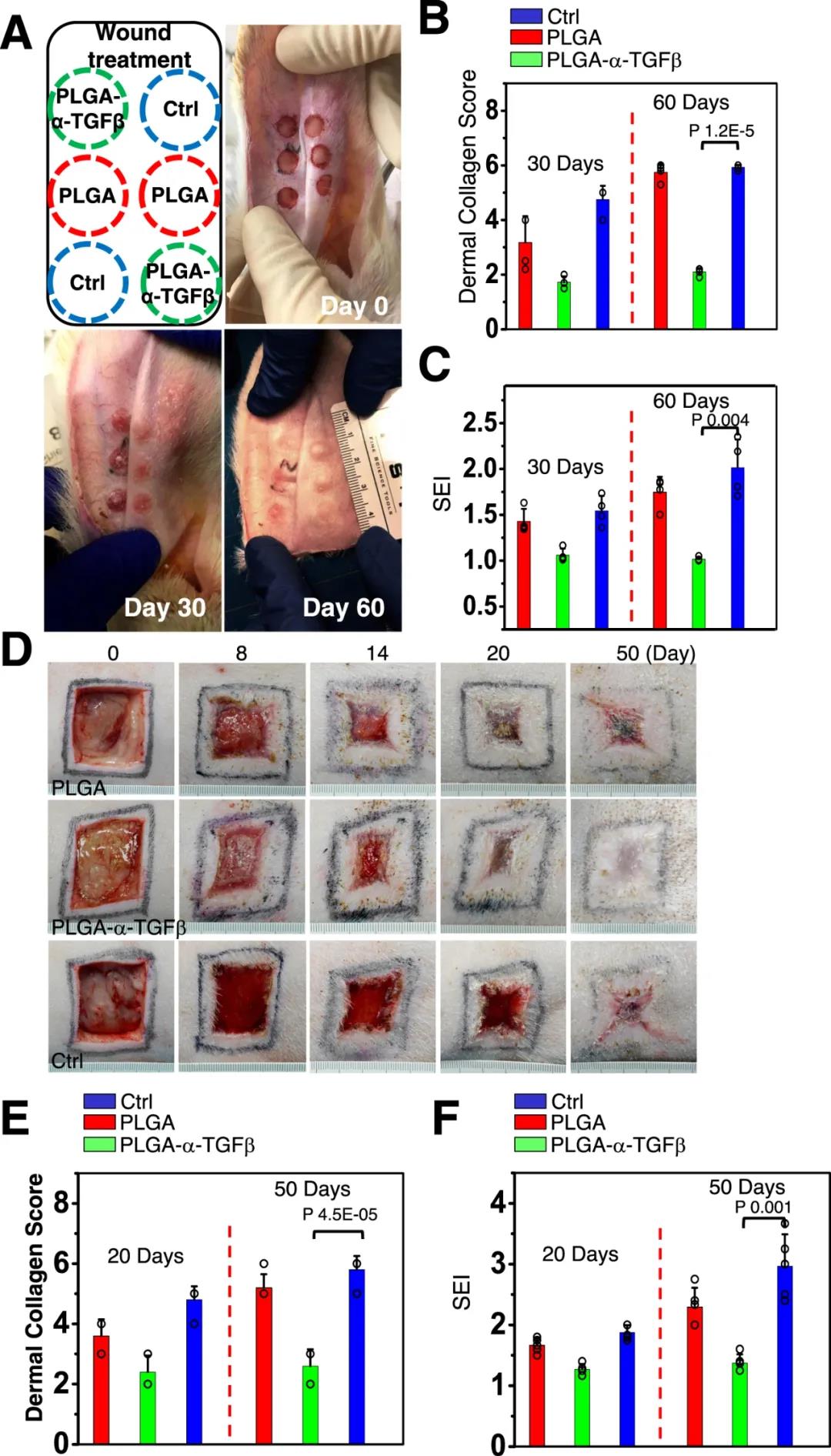Spatio-temporal controlled-release drug hydrogels appear in a journal of Nature
QQ Academic Group: 1092348845
Detailed
TGFβ signaling has been closely related to skin scar formation, making it a potential therapeutic target. However, since TGFβ signaling plays a multi-faceted role in skin wound repair, the inhibition of TGFβ activity must be specific to the resolution/tissue remodeling stage of wound healing in order to inhibit scar formation.
Introduction to Achievements
Here, Xiaoyang Wu from the University of Chicago and Linyong Zhu from East China University of Science and Technology and others have designed a pulsating drug release platform that combines a seamless wound closure hydrogel material with a biodegradable microcapsule system to achieve scarless wound healing. , The microcapsule system can be customized to release its contents in the skin wound at the desired time. The results were published on Nature Communications.

Overall design
Currently, the drug delivery of microcapsules manufactured by different methods have been tested. However, most microcapsules will release their contents in a continuous manner. In order to solve this problem, the researchers developed a water-oil-water double emulsion strategy, encapsulating the protein in a photocrosslinkable polylactic-glycolic acid copolymer (PLGA) shell, which can be used after administration Microcapsules with pulsatile drug release kinetics are produced, that is, TGFβ signaling inhibitors can be delivered in a spatio-temporal specific manner.
It is worth noting that the unique light-induced imine cross-linking reaction-based hydrogel for skin wound treatment can effectively cross-link a variety of biocompatible macromolecules with PLGA-NB capsules without Make chemical modifications. Cross-linking can lead to the successful integration of the tight and chemically bonded interface between the material and the microcapsule, hydrogel, and wound surface, thereby promoting the healing of skin wounds.

Figure|Engineered PLGA microcapsules can be integrated into skin wounds through light-induced crosslinking
Time-space controlled release
Skin wound healing is a dynamic interactive process, usually divided into four different stages: hemostasis, inflammation, re-epithelialization and tissue remodeling. Although there may be overlaps in time and space, a critical time window can be determined for each individual stage. PLGA-NB capsules can be prepared with different ingredients and manufacturing methods to suit the cargo release kinetics. Therefore, it is conceivable that PLGA-NB capsules can be used to prepare more advanced wound dressings, which can release different factors in different target time windows. For example, capsules with faster release kinetics can be used to deliver a variety of growth factors, including TGFβ that can promote keratinocyte proliferation, granulation tissue formation, and angiogenesis to enhance skin wound repair.
In addition to traditional wound treatment, it has been fully demonstrated that autologous or allogeneic epidermal progenitor cells can be used to treat large-area burn wounds and chronic skin injuries, such as diabetic foot ulcers. With its strong biocompatibility, this material will allow and support the potential transplantation of CEA (Cultured Epidermal Autograft) devices or allogeneic skin grafts. In addition, the materials unique photogelation process can also be used to promote skin wound healing through stem cell spray.

Figure | PLGA-NB capsules exhibit delayed and pulsatile drug release both in vitro and in vivo
Scarless healing
The results of the study further show that the pulsed release of TGF-β inhibitors can accelerate skin wound healing, while inhibiting scar formation in mouse skin wounds and large animal preclinical models, which may be an effective way to achieve scar-free skin healing. The manufacture of capsules with timed pulse release function represents a significant progress towards scarless wound repair, which can also be applied to other aspects of tissue engineering and regenerative medicine.

Figure | PLGA-NB delivery platform can promote scarless wound healing in rabbit and pig skin wound healing models
references:
Zhang,J., Zheng, Y., Lee, J. et al. A pulsatile release platform based on photo-induced imine-crosslinking hydrogel promotes scarless wound healing. NatCommun 12, 1670 (2021).
https://doi.org/10.1038/s41467-021-21964-0
- Previous: Liu Honglai, East Chin
- Next: A Rising 2D Star: Nove


 Academic Frontier
Academic Frontier